Home>Furniture>Outdoor Furniture>How To Kill Moss On Patio Pavers
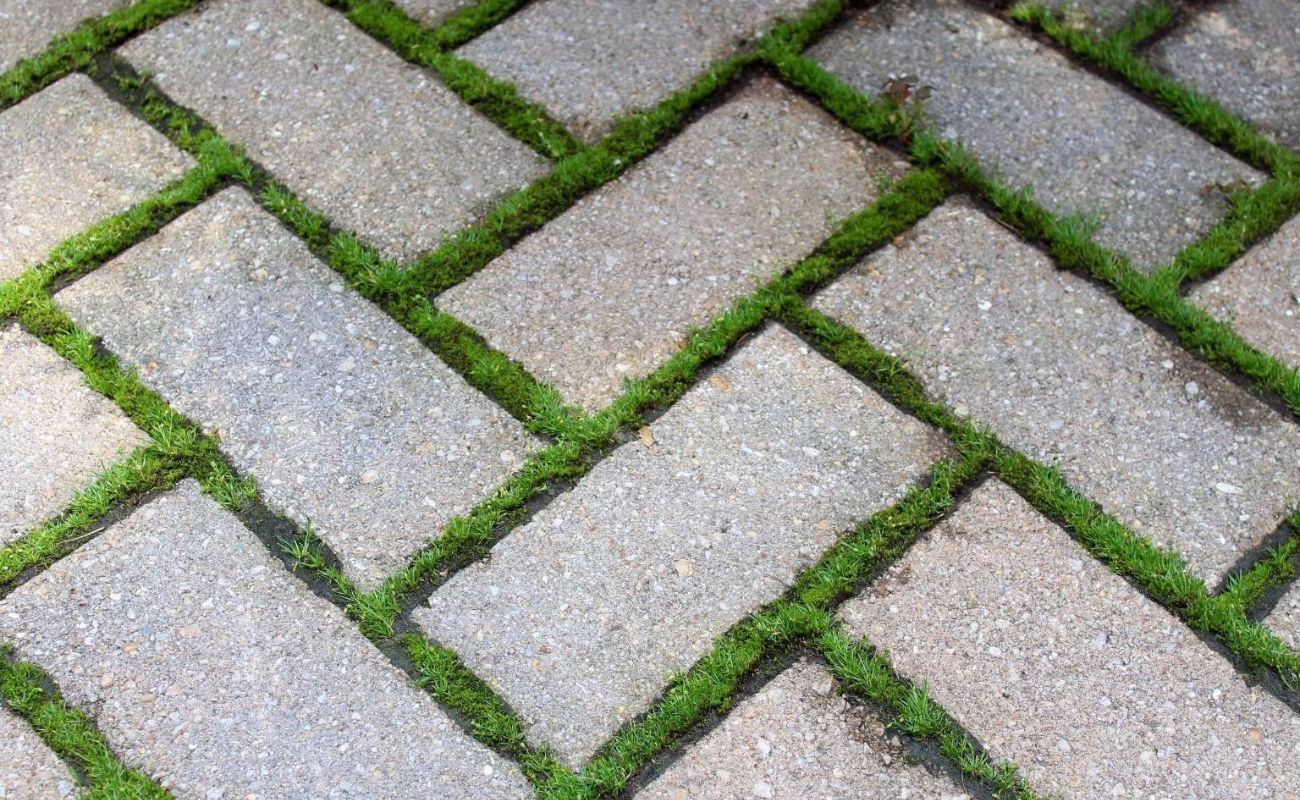

Outdoor Furniture
How To Kill Moss On Patio Pavers
Modified: March 7, 2024
Looking for ways to kill moss on your patio pavers? Discover effective methods to remove outdoor furniture from moss growth and restore the beauty of your outdoor space.
(Many of the links in this article redirect to a specific reviewed product. Your purchase of these products through affiliate links helps to generate commission for Storables.com, at no extra cost. Learn more)
Introduction
Welcome to our comprehensive guide on how to kill moss on patio pavers. If you have noticed an unsightly green coating on your patio pavers, chances are it’s moss. Moss can quickly take over and ruin the appearance of your outdoor space if left unchecked. Fortunately, there are effective methods to eliminate moss and prevent its future growth.
Understanding the nature of moss and the issues it can cause is crucial to tackling the problem effectively. In this article, we will delve into the common issues caused by moss on patio pavers and explore both natural and chemical solutions for removing moss. We will also provide tips on how to prevent moss growth in the future, ensuring your patio pavers remain beautiful and moss-free.
Before diving into the solutions, let’s take a closer look at moss and its impact on patio pavers. Moss is a small, non-flowering plant that thrives in damp and shady areas. It forms a dense mat-like structure on various surfaces, including concrete, stone, and brick. While some people may find moss aesthetically pleasing in certain garden settings, an overgrowth of moss can be problematic on patio pavers.
Moss on patio pavers not only diminishes the visual appeal of your outdoor space but also poses safety hazards. When damp, moss becomes slippery, increasing the risk of slips and falls. Additionally, moss can damage the surface of the pavers over time if left untreated, leading to costly repairs or replacements.
Now that we understand the issues caused by moss on patio pavers, let’s move on to the necessary preparations before attempting to remove the moss. By following a few simple steps, you can ensure a successful moss elimination process that will leave your patio pavers looking clean and pristine.
Key Takeaways:
- Moss on patio pavers can be unsightly and dangerous, but it can be removed naturally with vinegar, baking soda, or even boiling water. Prevent future growth by improving drainage and increasing sunlight exposure.
- Chemical solutions like moss-killing sprays and bleach can also effectively remove moss, but they should be used with caution. After removal, maintain a moss-free patio by regular cleaning and applying moss inhibitors.
Read more: What Kills Moss On Driveway
Understanding Moss on Patio Pavers
Moss is a common problem on patio pavers, especially in damp and shaded areas. Understanding the nature of moss and its characteristics is crucial to effectively deal with it.
Moss is a small, primitive plant that doesn’t have true roots or flowers. It reproduces through spores and spreads rapidly, forming thick mats or clumps on various surfaces, including patio pavers. Moss thrives in moist, shady environments and can survive in acidic or alkaline soil.
Moss prefers areas with poor drainage or excessive moisture, making patio pavers an ideal breeding ground. This can be exacerbated by factors such as excessive rainfall, lack of sunlight, high humidity levels, and inadequate air circulation.
Moss growth on patio pavers can be a result of several factors, including:
- Excessive shade: Lack of sunlight promotes moisture retention and creates a favorable environment for moss to flourish.
- Poor drainage: If water cannot properly drain from the patio pavers, it creates a damp habitat that moss thrives in.
- High humidity levels: Areas with consistently high humidity provide the ideal conditions for moss growth.
- Organic debris: Leaves, twigs, and other organic matter can accumulate on patio pavers, providing a nutrient-rich environment for moss to grow.
- Low foot traffic: Areas with minimal foot traffic create less disturbance, allowing moss to establish and spread.
It is important to note that moss itself does not harm patio pavers. However, allowing moss to grow unchecked can lead to several issues. The thick moss mat can retain moisture, leading to increased paver degradation. Moss roots can penetrate the paver joints, causing displacement and potential damage. Additionally, moss can make the surface of the pavers slippery, posing a safety hazard.
Now that we have a better understanding of moss and its characteristics, we can move on to the next step: preparing for moss removal. Proper preparation is key to maximizing the effectiveness of your chosen moss removal method and minimizing any potential damage to the patio pavers.
Common Issues Caused by Moss on Patio Pavers
Moss growth on patio pavers can lead to a range of issues that affect both the appearance and functionality of your outdoor space. Understanding these common issues will highlight the importance of addressing moss infestations promptly and effectively.
1. Diminished Aesthetic Appeal: Moss-covered patio pavers can create a neglected and unkempt appearance. The lush green color of moss may be appealing in certain garden settings, but when it takes over your patio, it can make the area look messy and uninviting. Moss growth can also make your outdoor space appear uncared for, which can negatively impact the overall curb appeal of your home.
2. Slippery Surface: One of the most significant hazards posed by moss on patio pavers is the increased risk of slips and falls. When moss becomes wet or damp, it becomes extremely slippery. This is especially dangerous if you have elderly individuals, children, or guests who may be more prone to accidents. The slippery surface can lead to injuries and liability concerns, especially if someone were to slip and fall while on your property.
3. Structural Damage: Moss can cause structural damage to the patio pavers over time. As moss spreads and forms dense mats, it holds moisture against the surface of the pavers. This constant moisture can deteriorate the paver material, leading to cracking, chipping, or even disintegration of the pavers. The longer moss is left untreated, the more damage it can cause, potentially resulting in costly repair or replacement of the affected pavers.
4. Weed Growth: Moss often serves as a breeding ground for weed seeds. As the moss thinning out reveals bare spots between pavers, these areas become vulnerable to weed growth. Weeds can take root and further compromise the stability and appearance of your patio. The combination of moss and weeds can create an unsightly and challenging problem to address.
5. Reduced Lifespan: Patio pavers are designed to be durable and long-lasting. However, when moss is allowed to flourish and spread, it can significantly shorten the lifespan of the pavers. The constant moisture retention and the potential for structural damage weaken the integrity of the pavers, making them more susceptible to cracking, shifting, and other forms of deterioration.
It’s clear that moss on patio pavers can cause a range of problems, both aesthetically and functionally. Addressing these issues promptly is essential to maintain the beauty and integrity of your outdoor living space. In the next section, we will discuss the necessary preparations before embarking on the moss removal process.
Preparing for Moss Removal
Before you begin the process of removing moss from patio pavers, it is essential to take the necessary steps to prepare the area. Proper preparation will ensure the most effective and efficient removal of moss while minimizing any potential damage to the pavers.
1. Clear the Area: Start by removing any furniture, pots, or other items from the patio pavers. Clearing the area of any obstacles will make it easier to access and treat the moss-covered surfaces. It will also help prevent any damage to your belongings during the moss removal process.
2. Sweep and Remove Debris: Use a stiff bristle broom or a leaf blower to sweep away any loose debris, such as leaves, twigs, and dirt, from the patio pavers. Removing this debris will allow for better inspection and access to the moss. It will also prevent the debris from getting in the way during the removal process.
3. Inspect for Damages: Take the time to inspect the patio pavers for any existing damages, such as cracks, chips, or loose stones. Note these areas for repair or replacement after the moss removal process. Addressing any existing damages will help maintain the integrity and longevity of your patio pavers.
4. Test Cleaning Agents: If you plan to use a chemical solution or moss-killing product, it is essential to read and follow the manufacturer’s instructions carefully. Before applying the cleaning agent to the entire area, perform a small test patch on a discreet spot of the pavers to ensure compatibility and to check for any adverse effects.
5. Gather Necessary Tools: Depending on your chosen method of moss removal, gather the necessary tools and equipment. This may include a pressure washer, scrub brush, garden sprayer, or a specialized moss-killing product. Having all the tools readily available will streamline the process and make it more efficient.
6. Protect Surrounding Areas: If you are using chemical solutions or applying any moss-killing products, take steps to protect surrounding vegetation, such as plants, flowers, or grass. Cover or move these items to prevent accidental damage or exposure to the chemicals.
By following these preparatory steps, you will ensure a smooth and effective moss removal process. Taking the time to prepare adequately will also help minimize any potential harm to the patio pavers, surrounding areas, and your personal belongings. Once you have prepared the area, you can move on to the actual methods of killing moss on patio pavers.
To kill moss on patio pavers, mix equal parts of white vinegar and water in a spray bottle. Spray the solution directly onto the moss and let it sit for 15-20 minutes before scrubbing it off with a brush. Repeat as needed.
Natural Methods for Killing Moss on Patio Pavers
If you prefer to avoid using chemical solutions, there are several natural methods you can employ to effectively kill moss on patio pavers. These methods utilize commonly found household items and environmentally friendly techniques. Let’s explore some natural solutions for eliminating moss:
1. Manual Removal: The easiest and most straightforward method is to manually remove the moss from the pavers. Use a stiff bristle brush or a scraper to gently scrape away the moss. Make sure to remove as much of the moss and its root structure as possible. This method is suitable for light infestations or smaller areas.
2. Vinegar and Water Solution: Mix equal parts of white vinegar and water in a spray bottle. Spray the solution directly onto the moss, ensuring thorough coverage. Allow the solution to sit for a few minutes, then scrub the moss with a brush or use a pressure washer to rinse away the dead moss. Vinegar’s acidity helps to kill the moss while being safe for the environment.
3. Baking Soda: Sprinkling baking soda directly onto the moss can help to kill it. Apply a generous amount of baking soda to the affected areas, ensuring complete coverage. Let it sit for a few hours or overnight, then scrub the moss away with a brush and rinse with water. Baking soda can alter the pH level of the environment, making it inhospitable for moss to survive.
4. Salt: Another natural remedy is to use salt to kill moss. Dissolve a cup of salt in warm water and apply the solution to the moss-covered pavers. Allow it to sit for a few hours, then scrub the moss away. Rinse the pavers thoroughly to remove any residue. Salt can effectively dehydrate the moss, leading to its demise.
5. Boiling Water: For small areas with stubborn moss growth, pouring boiling water directly onto the moss can be an effective method. The hot water will scorch and kill the moss, making it easier to remove. Exercise caution when handling boiling water and ensure that it is poured directly onto the moss without causing any damage to the surrounding areas.
When utilizing these natural methods, it is important to note that moss may require multiple treatments for complete eradication. Moreover, prevention measures should be taken to discourage future moss growth. We will explore preventive measures in the next section, but first, we will provide an overview of chemical solutions for eliminating moss on patio pavers.
Read more: How To Clean Moss Off Brick Pavers
Chemical Solutions for Eliminating Moss on Patio Pavers
If natural methods are not providing the desired results or if you prefer a more potent solution, there are chemical options available for eliminating moss on patio pavers. These products are specifically formulated to kill moss and prevent its regrowth. Before using any chemical solution, it is important to read and follow the manufacturer’s instructions carefully. Here are some common chemical solutions for moss removal:
1. Moss-Killing Spray: Moss-killing sprays are readily available at garden centers or home improvement stores. These products contain active ingredients such as ferrous sulfate or potassium salts of fatty acids, which effectively kill moss. Follow the instructions on the product and apply it directly to the moss-covered pavers. Allow the product to work for the specified time before washing away the dead moss.
2. Bleach: Household bleach can be an effective moss killer but should be used with caution. Mix a solution of bleach and water in a ratio of 1:4 (1 part bleach to 4 parts water). Apply the solution onto the moss, making sure to avoid contact with surrounding vegetation. Let the solution sit for 15-20 minutes before scrubbing away the moss and rinsing the pavers thoroughly with water. Bleach can have a strong odor and may discolor certain materials, so it is essential to test a small area first and take the necessary precautions.
3. Copper-Based Products: Copper sulfate or copper-based moss control products can also be used to eliminate moss. These products are available in liquid or granule form. Follow the instructions carefully and apply the product to the moss-infested areas. Copper-based solutions work by preventing moss growth, ensuring long-term control.
4. Chlorine Bleach: Chlorine bleach, such as sodium hypochlorite, can be effective in killing moss. However, it is important to note that chlorine bleach can be harsh and potentially damaging to some materials. Dilute the bleach with water and apply it to the moss, taking precautions to protect surrounding vegetation. Leave it on for a short time before rinsing thoroughly with water.
When using chemical solutions, always wear protective gloves and clothing, and avoid inhaling or ingesting the products. Additionally, be mindful of any specific warnings or guidelines provided by the manufacturer, as different products may have varying instructions and precautions.
Once you have successfully removed the moss from your patio pavers, it’s crucial to implement preventive measures to inhibit future moss growth. We’ll explore these preventative measures in the next section.
Preventing Future Moss Growth on Patio Pavers
After successfully removing moss from your patio pavers, it is important to take preventative measures to inhibit its regrowth. By implementing these preventive strategies, you can minimize the chances of moss reappearing and keep your patio pavers moss-free for longer periods. Here are some effective ways to prevent future moss growth:
1. Improve Drainage: Ensure that your patio pavers have proper drainage to prevent excess moisture accumulation. Poor drainage can create a favorable environment for moss to thrive. Remove any debris or obstructions from your pavers’ drainage system to ensure smooth water flow.
2. Increase Sunlight Exposure: Moss thrives in shady areas with limited sunlight. Trim back overhanging branches or nearby vegetation to allow more sunlight to reach your patio pavers. Increased sunlight exposure will inhibit moss growth and help keep the pavers dry.
3. Regular Cleaning: Keeping your patio pavers clean and free of organic debris can prevent moss from taking root. Sweep or use a leaf blower regularly to remove fallen leaves, twigs, and other debris. This will reduce nutrients available for moss growth and discourage its establishment.
4. Weed Control: Regularly inspect the paver joints and surrounding areas for weed growth. Weeds can provide an entry point and create an environment conducive to moss growth. Remove weeds promptly to reduce the chances of moss colonization.
5. pH Adjustment: Moss thrives in acidic environments. Adjusting the pH level of the soil or paver surface can help deter moss growth. Adding lime or dolomite to the soil can raise the pH level and make it less hospitable for moss to thrive. However, it is essential to test the pH level before making any adjustments and follow recommended application rates.
6. Prevent Water Accumulation: Avoid overwatering your patio pavers or allowing water to pool on the surface. Excessive moisture provides an ideal habitat for moss. Use a broom or squeegee to remove standing water after rain or watering your outdoor space.
7. Apply Moss Inhibitors: Consider using moss inhibitors or treatments designed to deter moss growth. These products contain compounds that make the paver surface less suitable for moss colonization. Follow the manufacturer’s instructions for application and reapplication, as recommended for long-term moss prevention.
Remember, prevention is key when it comes to controlling moss growth. Regular maintenance and timely intervention will go a long way in keeping your patio pavers free from moss and maintaining their pristine appearance.
By implementing these preventative strategies, you can enjoy your outdoor space without the worry of moss taking over your patio pavers. With a little effort and proactive measures, you can keep your outdoor space beautiful and moss-free for years to come.
Conclusion
In conclusion, moss growth on patio pavers can be a frustrating problem that affects both the aesthetics and functionality of your outdoor space. However, with the right knowledge and techniques, eliminating moss and preventing its regrowth is possible.
We began by understanding the nature of moss and the common issues it can cause on patio pavers. Moss not only diminishes the visual appeal of your outdoor space but also poses safety hazards and can cause structural damage to the pavers if left untreated.
Preparing for moss removal is crucial to maximize the effectiveness of your chosen method. Clearing the area, inspecting for damages, and gathering necessary tools are essential steps before embarking on the moss removal process. These preparations help ensure a smooth and efficient removal process.
Natural methods for killing moss on patio pavers provide environmentally friendly alternatives to chemical solutions. Manual removal, vinegar and water solution, baking soda, salt, and boiling water are effective natural methods that can help eliminate moss without harmful chemicals.
Chemical solutions offer more potent options for moss removal. Moss-killing sprays, bleach, copper-based products, and chlorine bleach can be effective in killing moss, but caution should be exercised when using them. It is important to carefully follow the manufacturer’s instructions and take necessary precautions to protect yourself, surrounding vegetation, and other surfaces.
Preventing future moss growth on patio pavers is as important as removing existing moss. Improving drainage, increasing sunlight exposure, regular cleaning, weed control, pH adjustment, preventing water accumulation, and applying moss inhibitors are effective strategies to inhibit moss growth and maintain a moss-free outdoor living space.
Incorporating these preventive measures alongside regular maintenance of your patio pavers will help ensure long-term results and keep your outdoor space looking beautiful and vibrant.
By addressing moss growth promptly, implementing preventive measures, and choosing the right methods for moss removal, you can enjoy a clean and moss-free patio that will enhance the overall beauty and functionality of your outdoor area for years to come.
Frequently Asked Questions about How To Kill Moss On Patio Pavers
Was this page helpful?
At Storables.com, we guarantee accurate and reliable information. Our content, validated by Expert Board Contributors, is crafted following stringent Editorial Policies. We're committed to providing you with well-researched, expert-backed insights for all your informational needs.
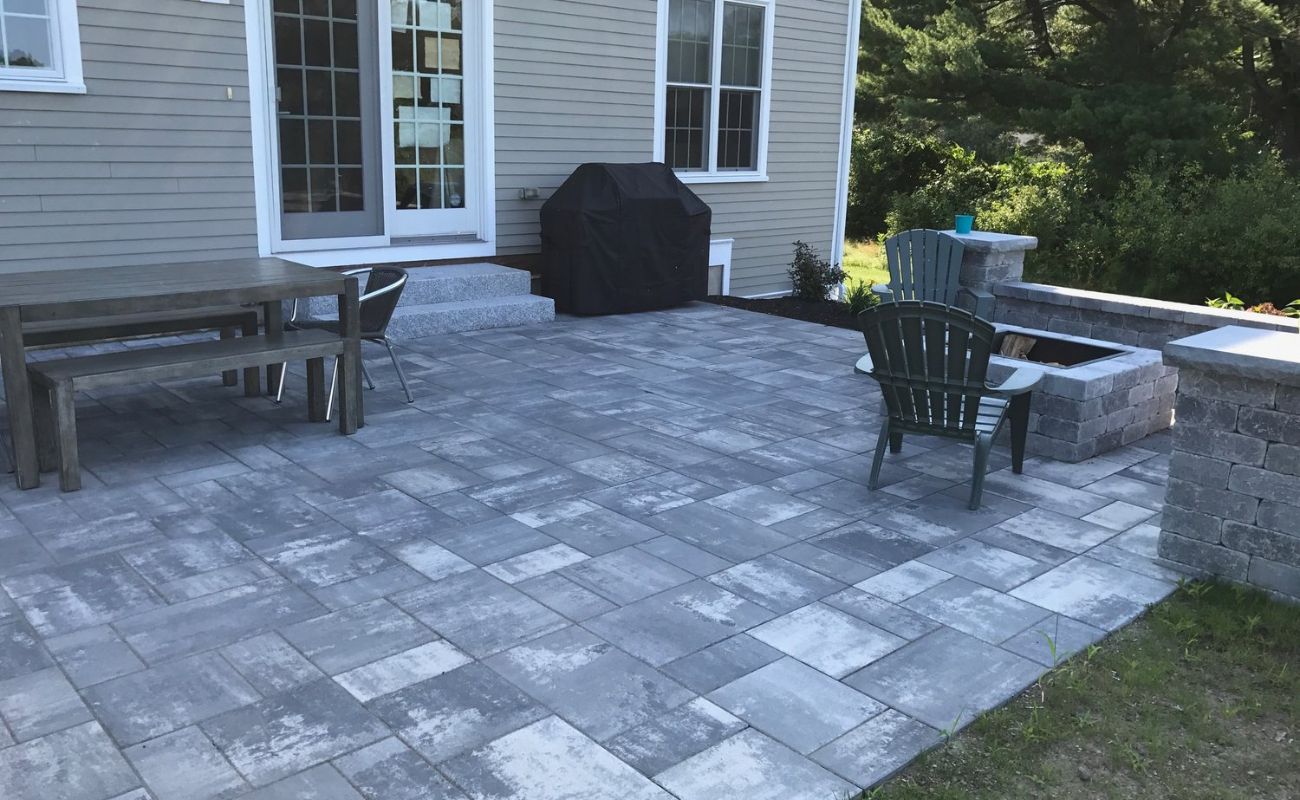

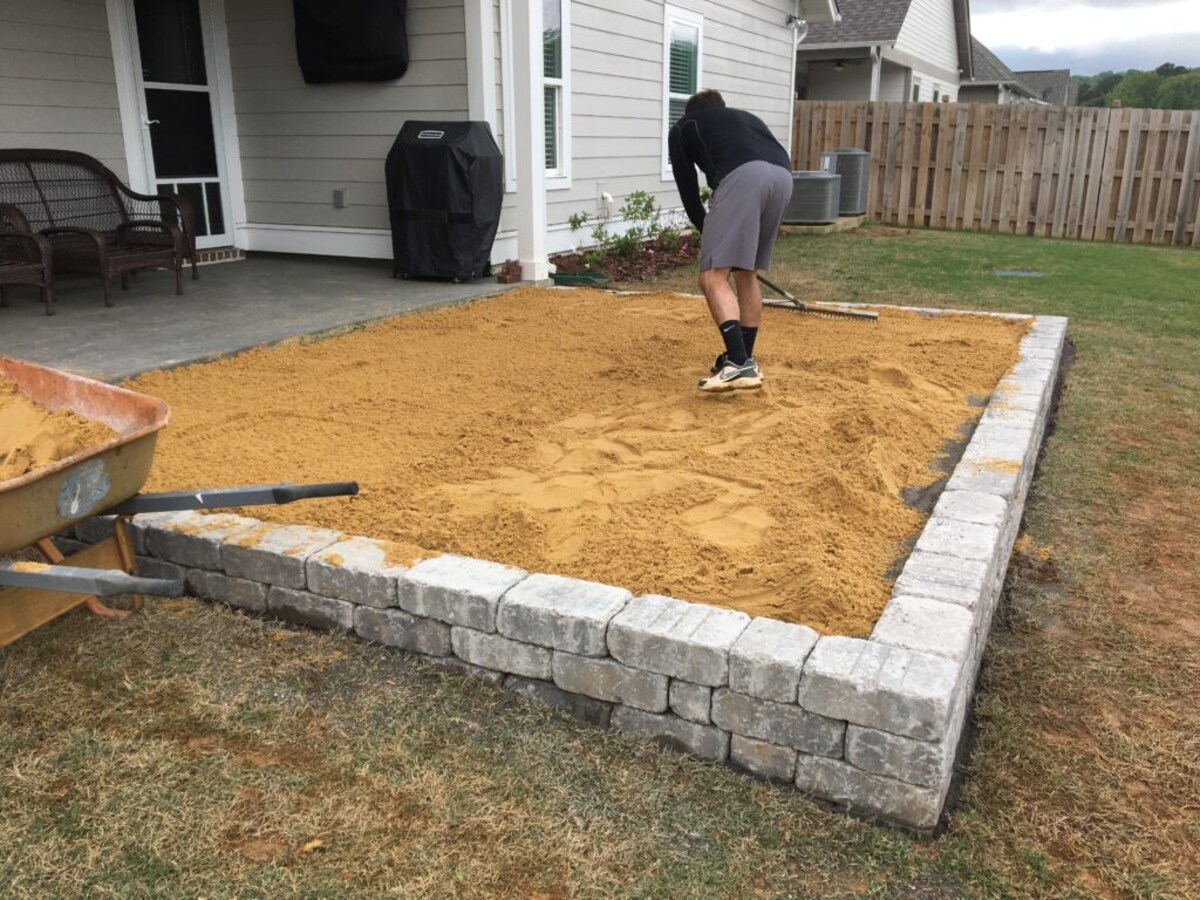
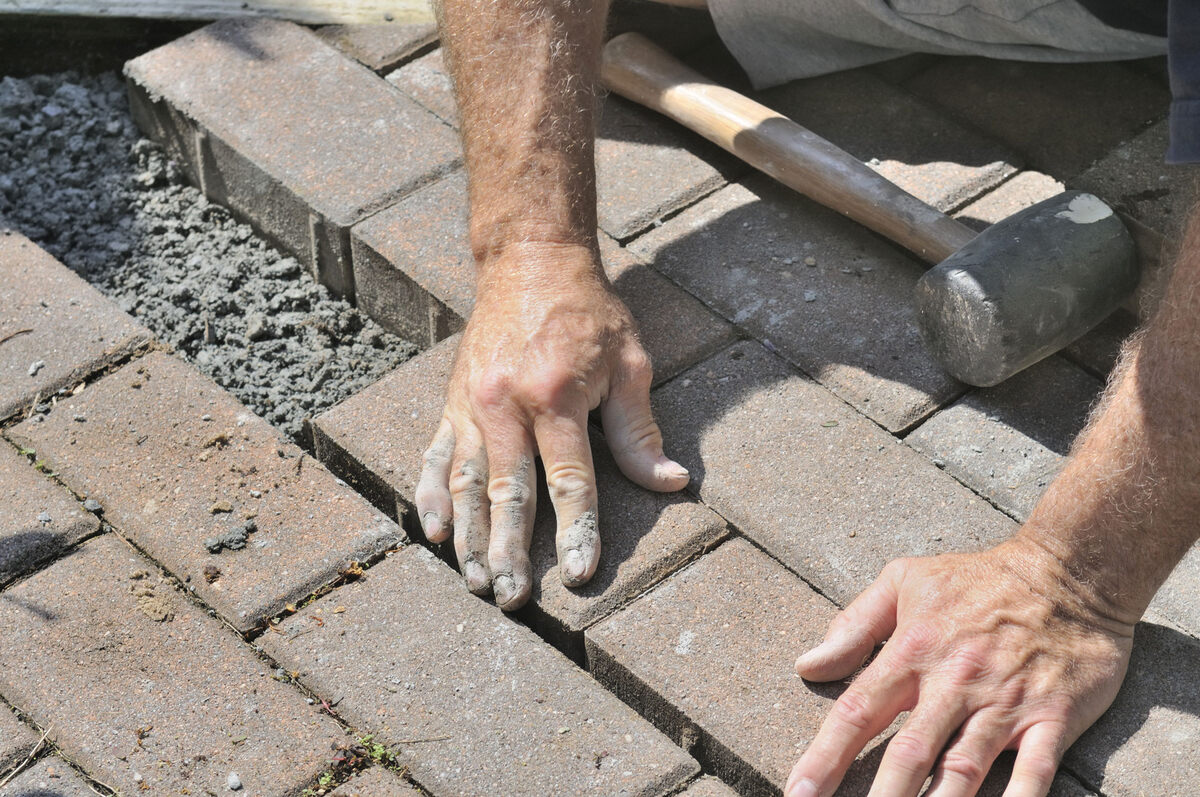
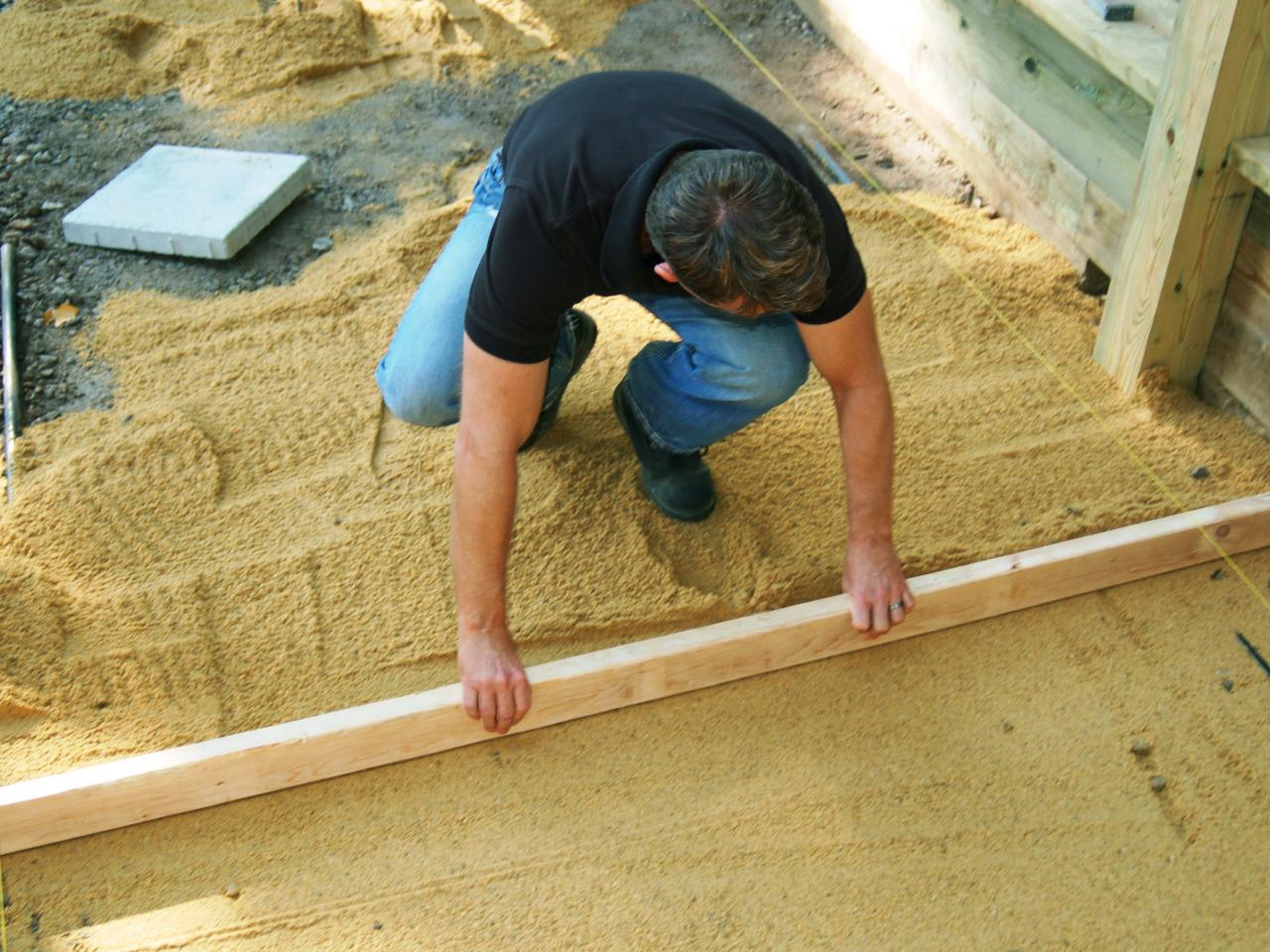
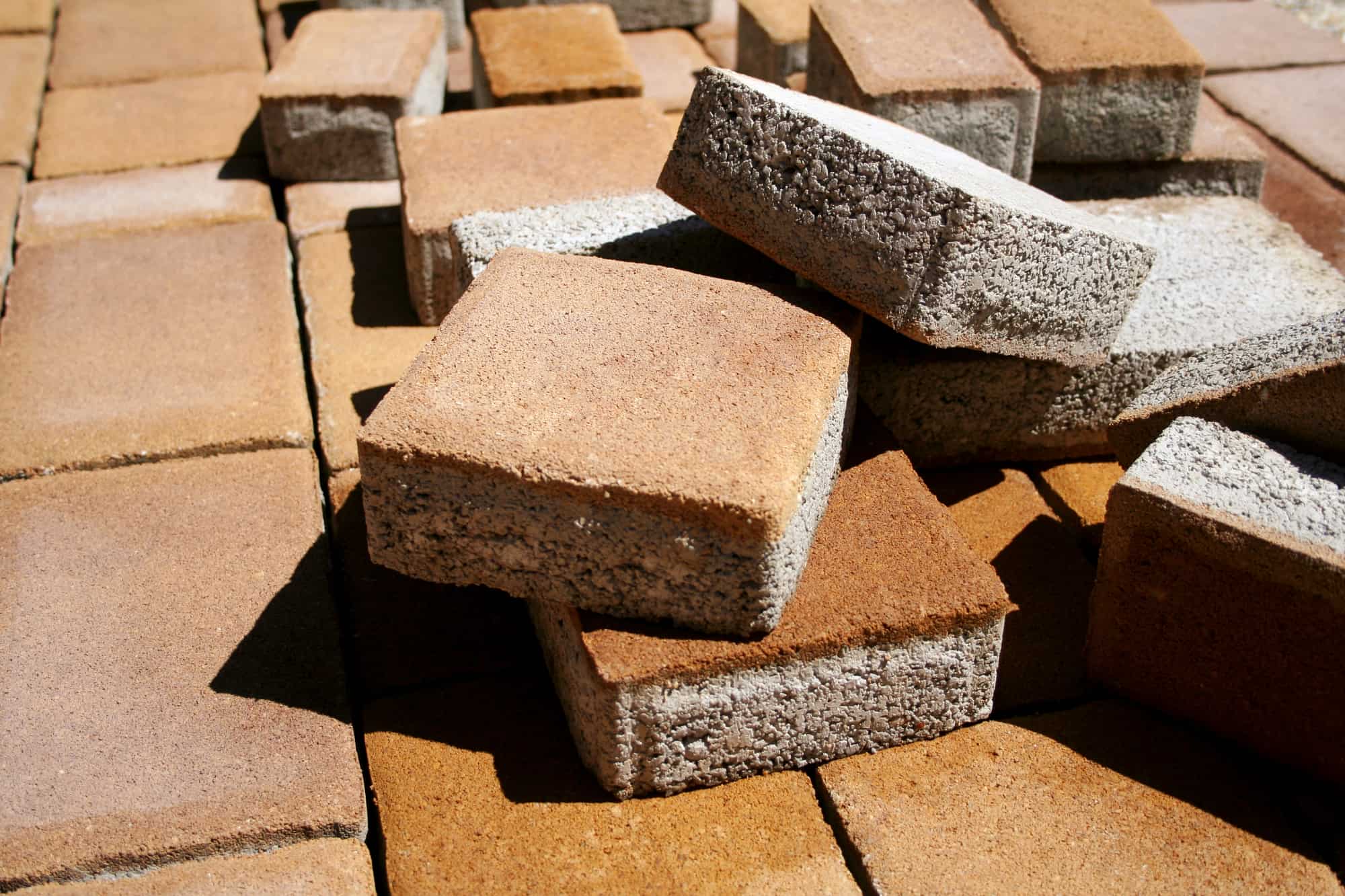
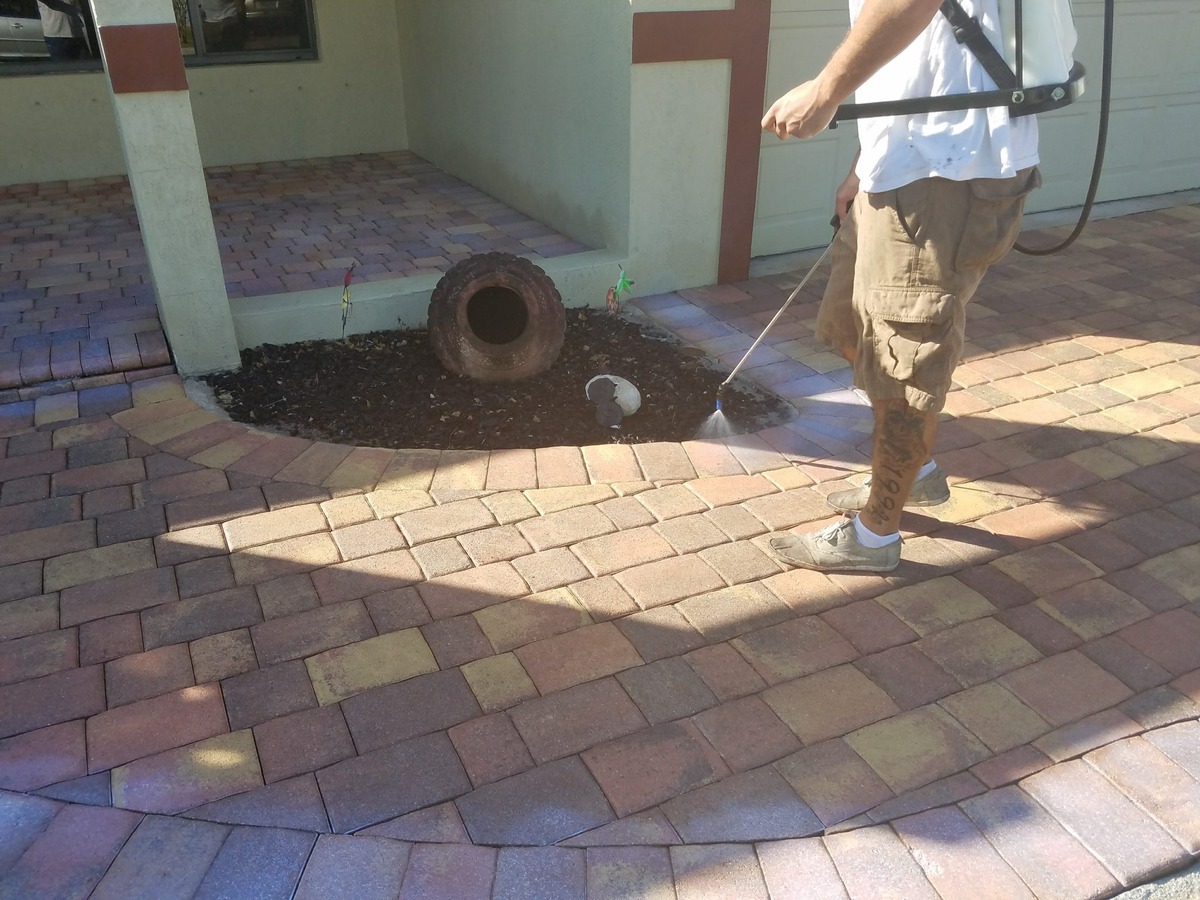
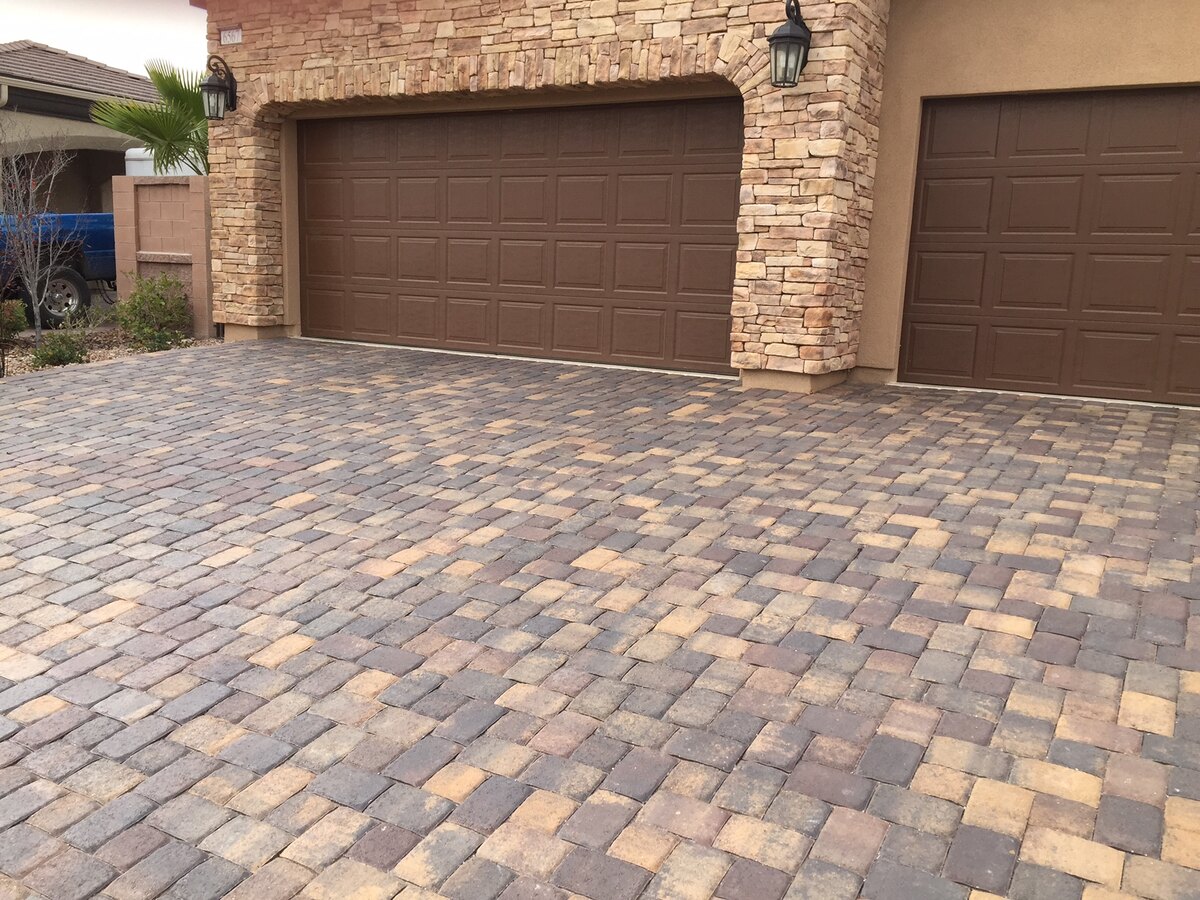
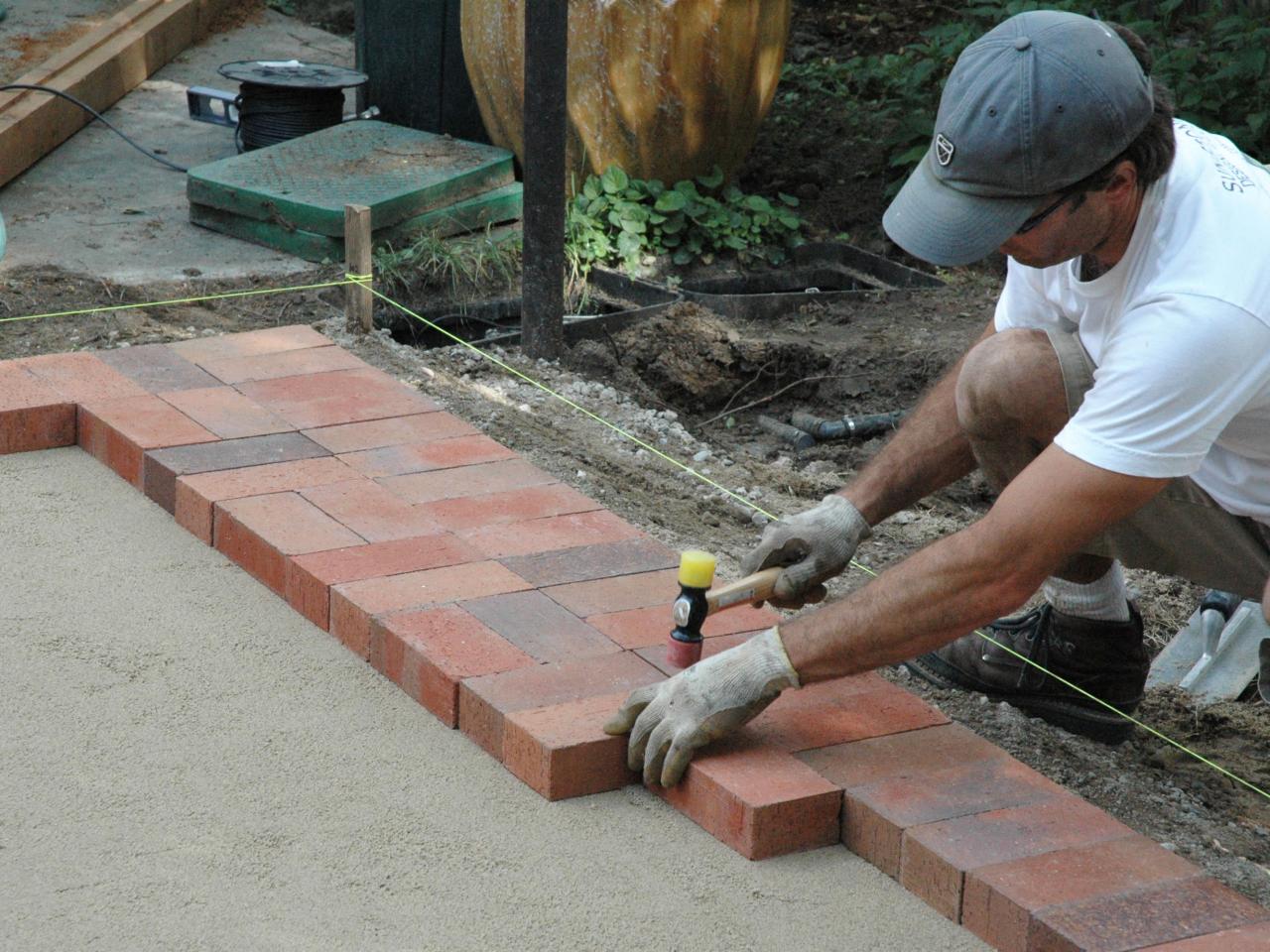
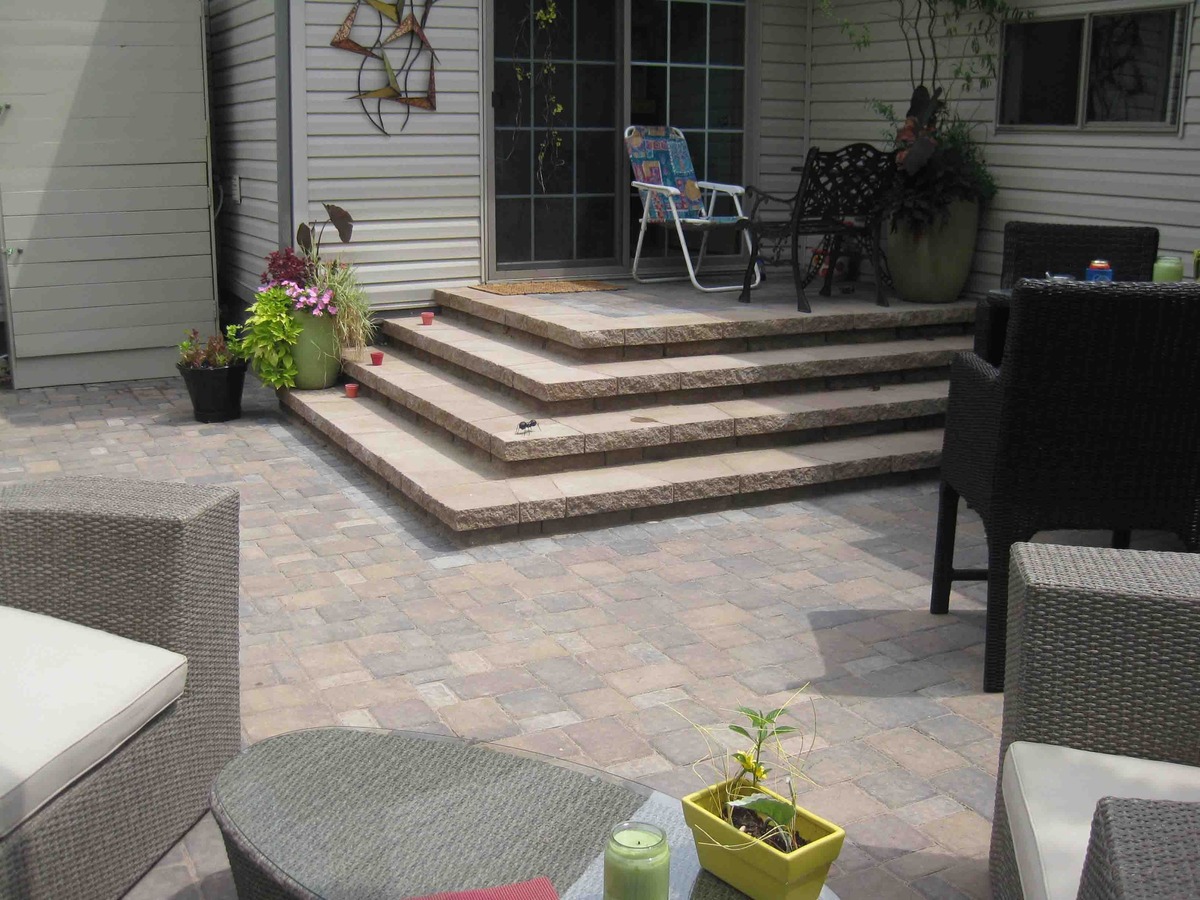
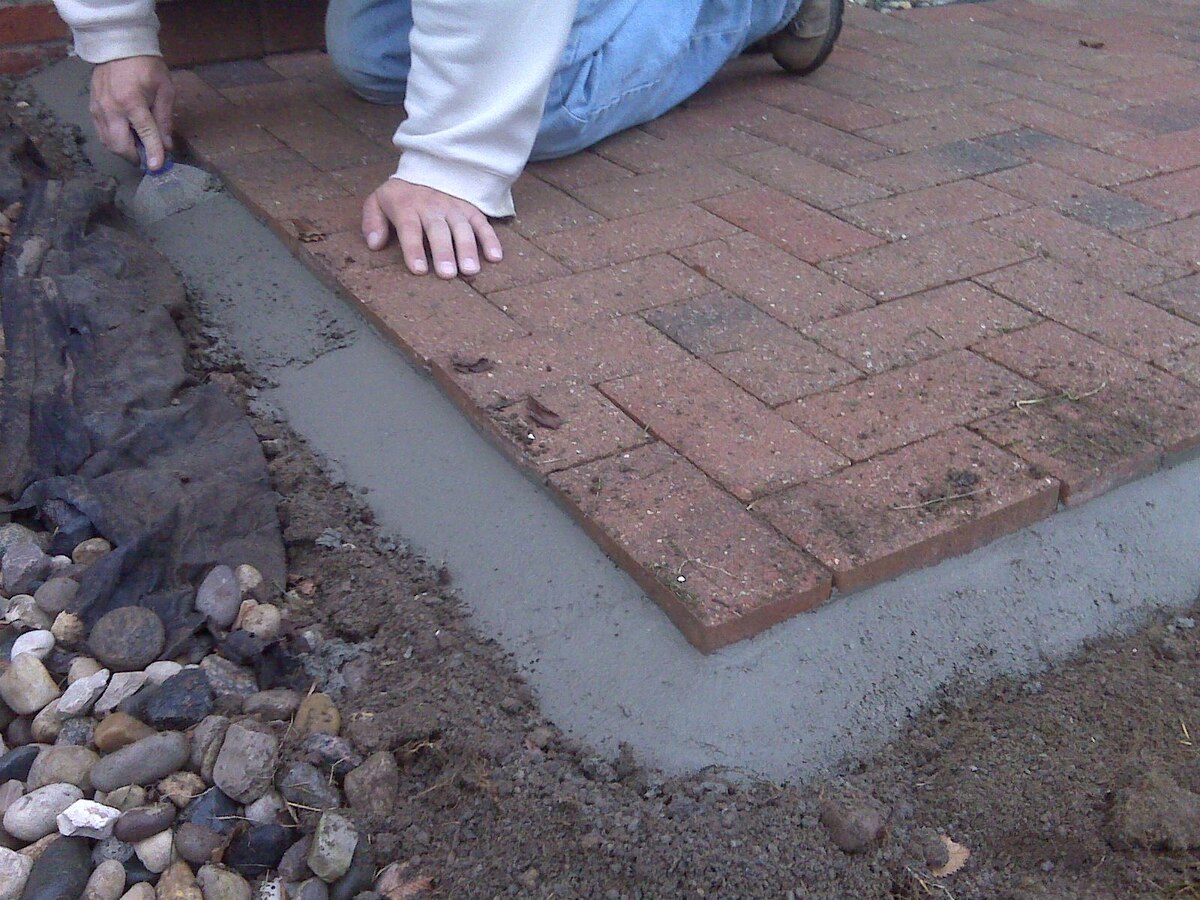
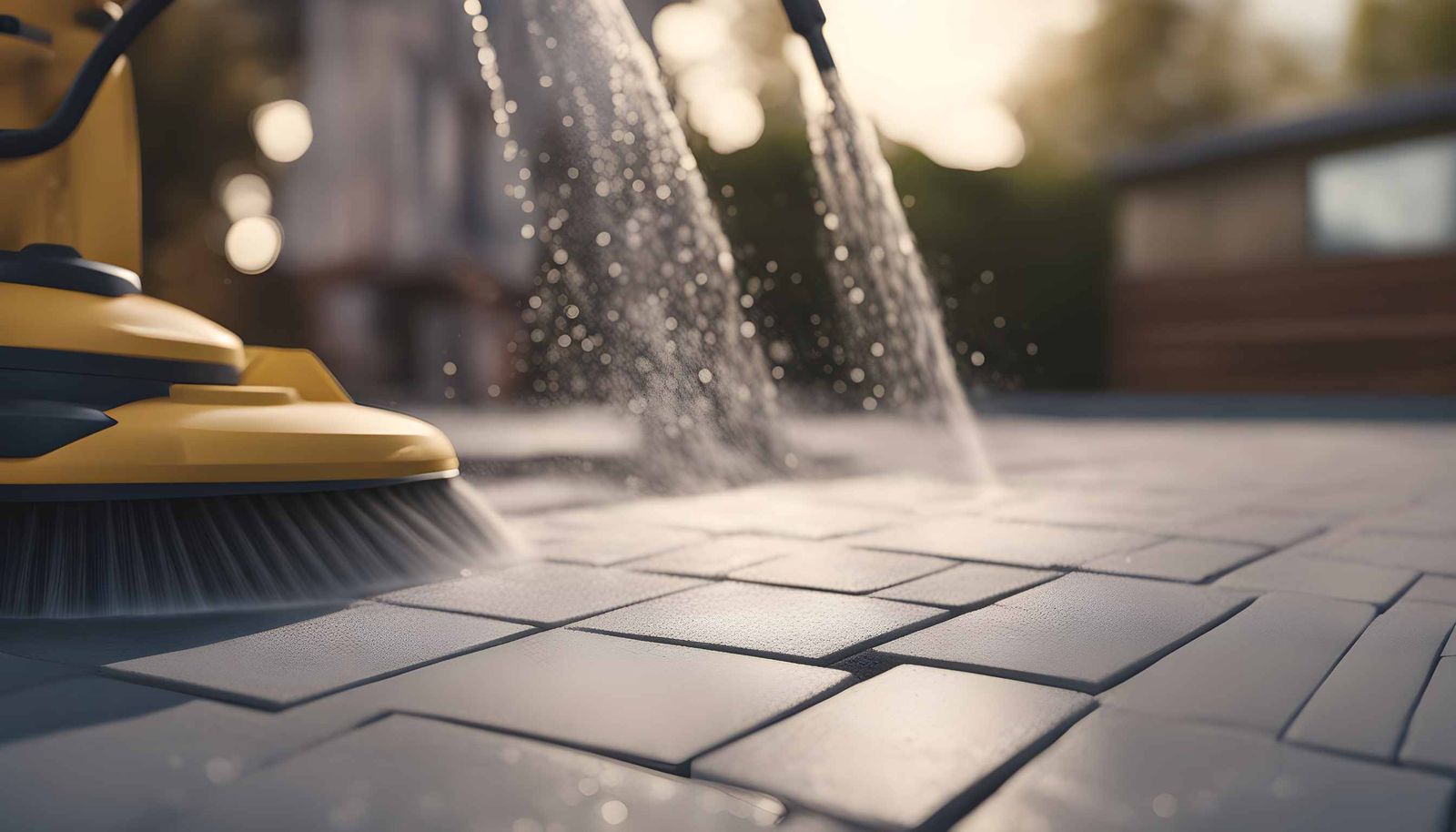
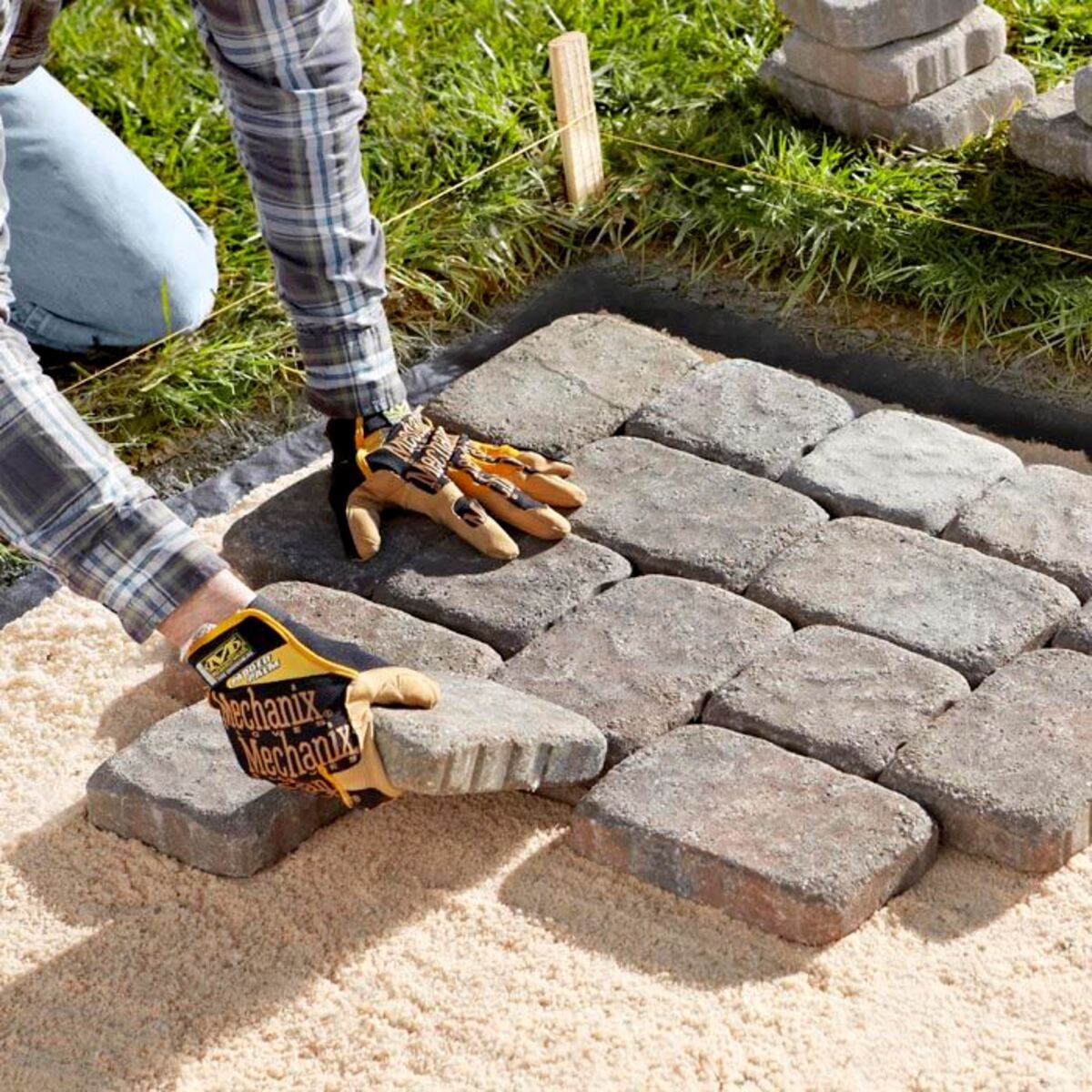
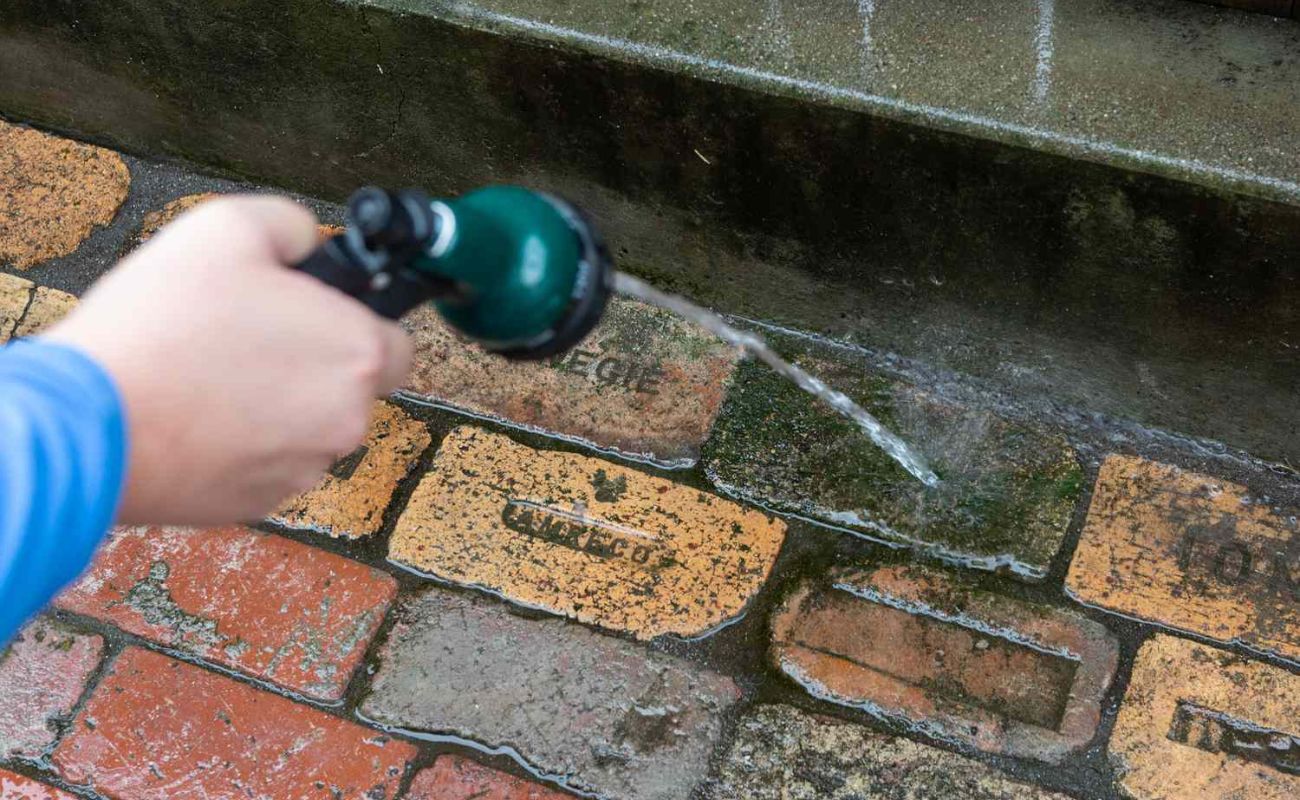

0 thoughts on “How To Kill Moss On Patio Pavers”